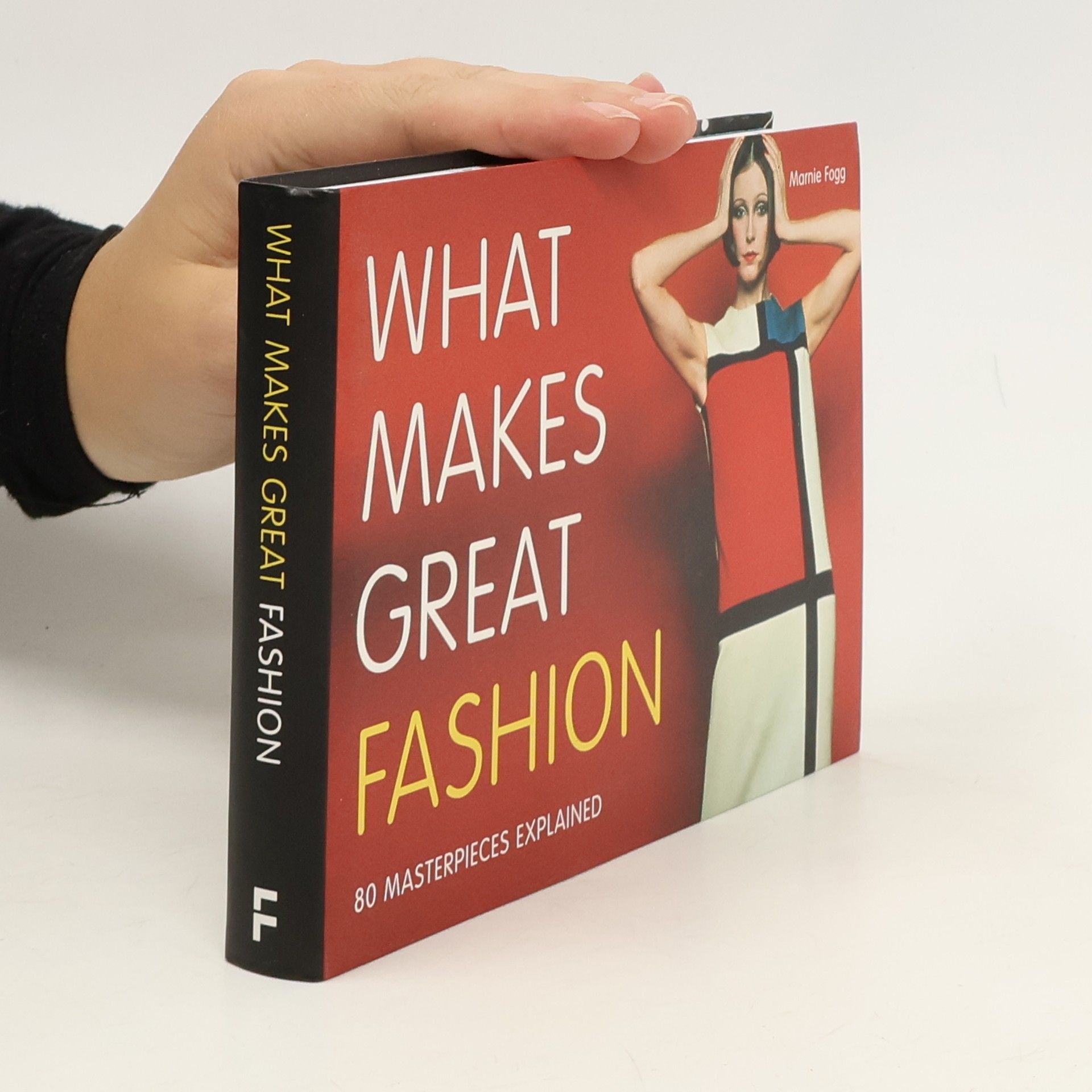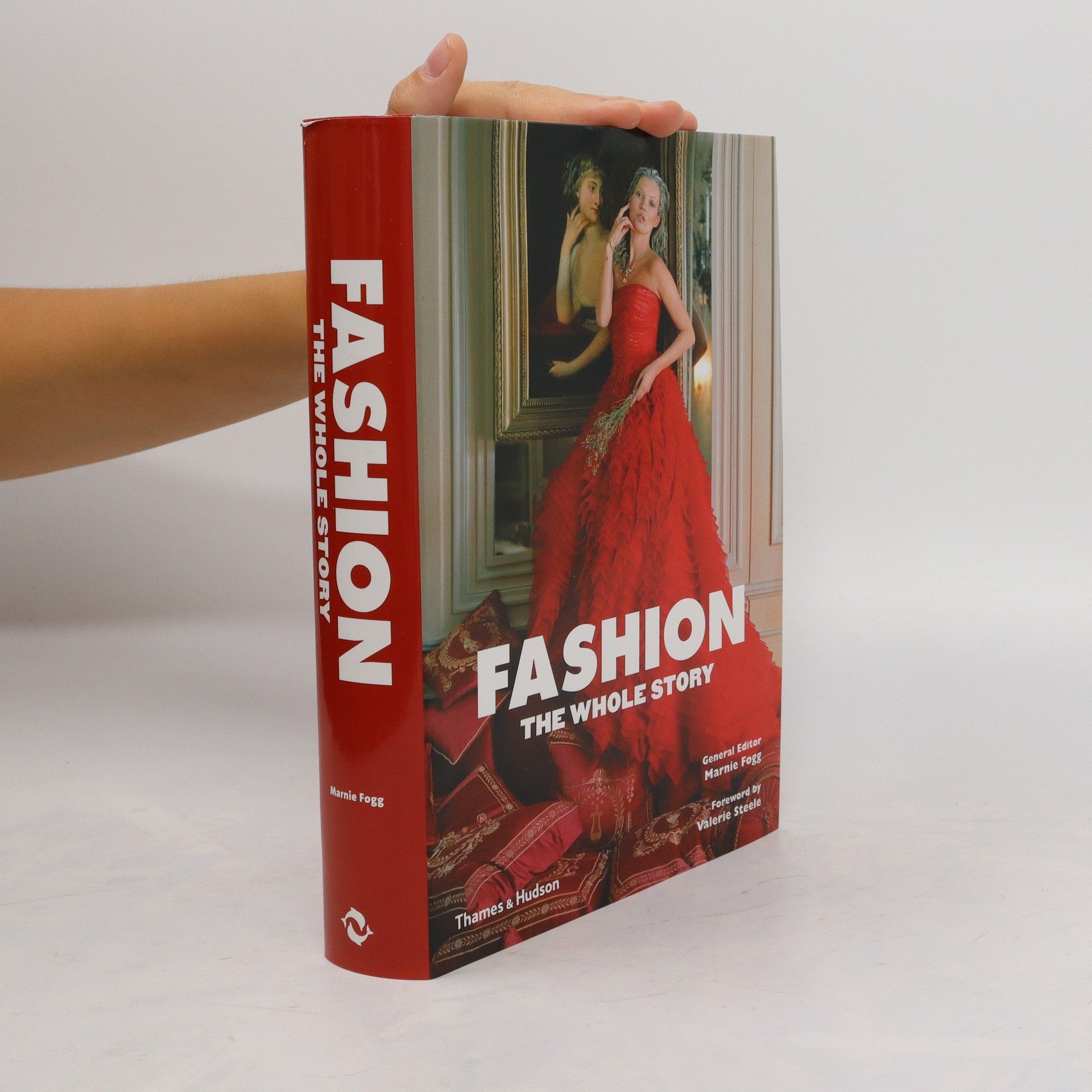Screen Style celebrates the beautiful, stylish and often covetable outfits and costumes featured in 50 iconic and diverse series of the small screen: from Mad Men to Call My Agent, Bridgerton to Empire. By organising the series into genres--Comedy, Coming of Age, Crime, Historical, Retro, Contemporary--the author shows how designers take different approaches when manipulating the latent power of dress to create convincing characters and enhance the experience of the viewer. She reveals how the characters themselves can become role models for what to wear, transforming actors into fashion influencers. The book is beautifully illustrated with over 250 screen stills, each accompanied by an extended caption, further demonstrating how TV series have helped to set the standard for fashion on screen.
Marnie Fogg Book order







- 2023
- 2022
An illustrated reference, the book explores the key designers, technical developments and cultural influences that shaped handbag design, revealing exquisite and groundbreaking work from key designers.
- 2022
A visual journey through the decades, Vintage Knitwear takes a close look at the key periods, significant styles, iconic designers and cultural influences in fashion knitwear.
- 2021
The Dress
- 256 pages
- 9 hours of reading
A unique costume history, identifying key fashion developments and how they have been adapted over time. It Interweaves the past and present, showing the influence of fashion designers on the industry as a whole, as well as within their cultural and social milieu.
- 2021
A unique sourcebook of 1950s fashion print, this book covers the heyday of postwar design. Marnie Fogg gives full expression to the creativity of a period where an analytical approach to design, with a lightness and freshness, combined with whimsical imagery and idiosyncratic subject.
- 2020
The ultimate guide to who's who in the world of fashion design.
- 2014
Why You Can Go Out Dressed Like that
- 224 pages
- 8 hours of reading
Numerous designers have pioneered cutting-edge garments and collections throughout the evolution of fashion. But all too often a lack of obvious fit or purpose has been mistaken for a lack of design sophistication. In an informed defence of innovative fashion, Why You Can Go Out Dressed Like That champions the improbable, the provocative, the uncomfortable and the seemingly ridiculous. Inspired by diverse sources, theories and concepts, as well as futuristic textiles and techniques, the book explores the groundbreaking work of designers who strive to extend the boundaries of their creativity. There are no fixed elements to the 100 designs featured in this book, which range from the cerebral conceptions of Comme des Garcons, to the augmented anatomies of Thierry Mugler and the exaggerated physicality of Thom Brownes broad-shouldered men. The garments do not have to fulfil a function, keep you warm, or increase sexual attraction, nor do they have to beguile or disarm. They do need to have impact at the time of creation and to prove influential in the longer term. Many original designs elicit the response: You cant go out dressed like that Marnie Fogg proves decisively that modern fashion is not as outrageous and unwearable as it may seem.
- 2013
What Makes Great Fashion showcases eighty outstanding fashion confections, from the birth of the industry in the mid-19th century to the present day, and defines the characteristics of the garments that render the design both influential and iconic. These range from the appropriation of other cultures, such as Jeanne Lanvin’s exotic robe de style, to the radical transposition of proscribed elements, such as the use of underwear as outerwear by Jean-Paul Gaultier; some mark an overnight switch in silhouette, such as Christian Dior’s “Corolle” line—dubbed the “New Look”—and the abrupt raising of hemlines inspired by Mary Quant’s miniskirts. In some instances, the garments represent a desire to transgress the acceptable—Vivienne Westwood’s punk hangman’s sweater; in other cases they are evidence of a cerebral approach, such as the slashed robes of Rei Kawakebo for Commes des Garçons.
- 2013
Paperback. Pub Date :2013-09-16 576 English Thames Hudson This ambitious and fascinating book traces the history of fashion in every part of the world. from Greco-Roman woven-cloth clothing and the silk court dress of the Chinese Tang dynasty to contemporary sportswear designers and Japanese street culture Organized chronologically. the book traces the evolution of fashion period by period and trend by trend. while detailed timelines provide historical and cultural context The Whole Story is indispensable for everyone who loves the line of a superb suit or knows the joy of wearing a great pair of shoes.
